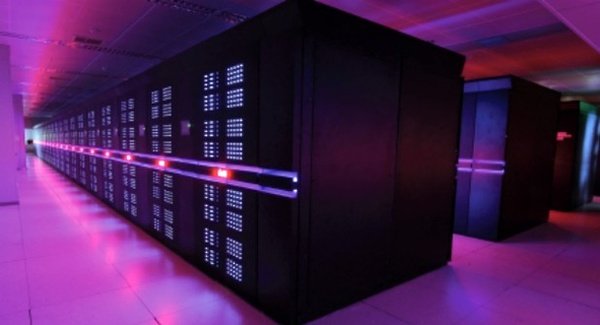
Earlier this year I posted my speculations about the thousands of different applications of blockchain technology. (https://www.linkedin.com/pulse/blockchain-most-disruptive-invention-since-internet-itself-hiesboeck) The main criticism my article received was "where will the computing power come from?" Well, we now have an answer.
In October 2016, a week ago to be exact, researchers in Australia broke a new record for quantum computing stability. If you are interested in the details, you can find them in this article (http://www.sciencealert.com/scientists-just-broke-a-new-record-for-quantum-computing-stability) . I won't completely short-circuit your brain with the details here, mostly because I barely understand them myself.
I have been fascinated by quantum physics and its applications for science ever since I read my first book on the subject more than 20 years ago. In a nutshell, while traditional computers use 0 and 1 to represent data, quantum computers use qubits, which have quantum states called 0, 1, and "0 AND 1". It means they can perform vastly more calculations than traditional computers.
Also, the power of qubits grows exponentially, meaning that an 5 qubit machine gives you 25 simultaneous calculations, for example. Remember that number: 5 qubit chip. They already exist.
Now this is where the justification for my racy clickbait headline comes in (no I won't apologize for it). The achievement of the Australian team means that within 12-18 months we should be able to build a stable quantum chip in the range of 50 qubit. That's 2500 simultaneous calculations.
Still not impressed?

The Tianhe-2: 3.2 million Intel cores at work. Image credit: Sam Churchill/Flickr
The world's most powerful computer, the Tianhe 2 in Guangzhou, China, has 3.2 million Intel cores and is massive. (32,000 Intel Xeon E5-2692 12C with 2.200 GHz, 48,000 Xeon Phi 31S1P). It cost around 400 million dollars to build. Now for the punchline: That single chip I just mentioned, which either Rigetti or D-Wave or IBM, the top 3 companies in the field, will very likely build next year, is more powerful than that supercomputer.
The implications are mind-boggling. A single quantum chip replacing 3.2 million classical cores - think about it. No more bottlenecks for AI! Artificial intelligence needs massive amounts of computing power, especially for medical research and other data-intensive applications. All the computing power we need for the millions of IoT device-generated data. Applications you haven't even thought of.
It was previously thought that Moore's Law would carry us way into the 2020s and perhaps beyond 2030s, with traditional processors being only then replaced by quantum computers. Because of last week's achievement, this may happen a lot sooner. Peter Diamandis thinks it will happen in 2018.
The road there is probably bumpier than he predicts, but one thing is for sure: we have just made a gigantic leap towards an incredible increase in global computing power. The Tianhe-2 currently runs at around 34 petaflop/second (that's quadrillions of calculations per second). The total computing power of the world is estimated around 2 x 10^20 or a mere 5800 Tianhe's. Or 5800 of that new chip.
And we are only at the beginning of quantum computing. Quantum hardware is in its infancy. Problems of cooling may delay the process somewhat, but even so: in a few years from now, we will have a single quantum chip that surpasses the total global computing power we had in 2015.
Wrap your puny human mind around that. I am still trying to.
------ Martin Hiesboeck is an international branding, corporate strategy and technology consultant with a focus on Asia. He works mainly with companies developing international brands, developing new technologies, and guides multinational companies on their journey in the Asian marketplace. A sought-after keynote speaker in both Chinese and English, he also teaches university courses in branding, digital marketing, and technology management. Follow him on Twitter: https://www.twitter.com/@MHiesboeck.